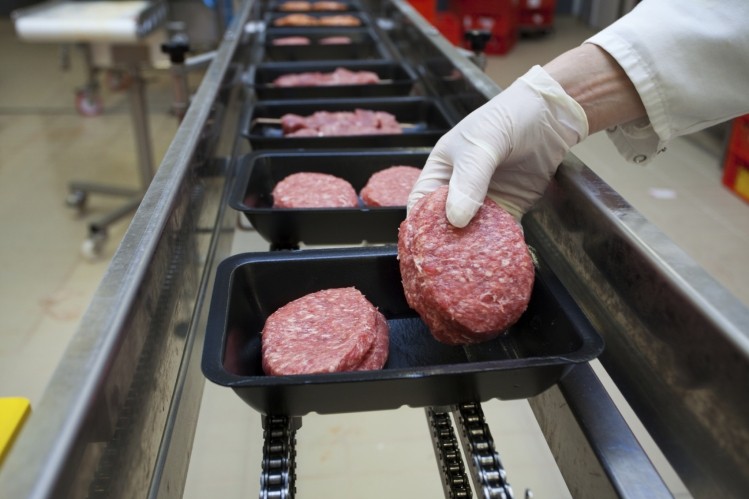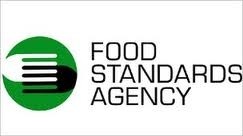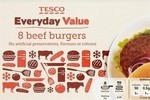Meat contamination rules to be tougher

This follows a secondary problem that emerged from the horsemeat revelations – the presence of foreign species at low concentrations, such as pork, in some beef products.
The concerns have prompted an investigation into what is the level of cross contamination between species that occurs in meat processing plants, even when they work to good manufacturing practices.
Lindsay Harris, DEFRA’s deputy director for food, said scientists at the government chemist LGC were striving to find out what level of cross contamination was unavoidable when two species were processed on the same line.
Best practice hygiene
“If you have best practice manufacturing and best practice hygiene you will still get some level of carry-over of DNA from one species to another, but we don’t really know what that level is,” said Harris at a recent FERA food safety conference in York.
“For the testing of beef products for horse DNA that has been going on over the past few months, the FSA has applied a threshold of 1% and that is driven by the confidence in the tests and their reliability for enforcement purposes. What we are seeking to establish in this project is what is the level which one could test down to.”
John Barnes, head of the FSA’s local authority audit and liaison division, said the results of the LGC work were expected next month.
“The 1% level [for horsemeat] was a pragmatic level that people reported to. To reassure you, most companies were looking at levels well below 1% and indeed most companies reported horse presence at below 1%.
“We have had tests showing nil carry over or less than 0.1% carry over coming in from our industry test results, but clearly we need to robustly look at that.”
Detect cross contamination
There has been some concern within the food and scientific industries that while it is relatively easy to detect cross contamination, it is incredibly difficult to accurately quantify it.
This was touched on by Neil Griffiths, chief executive of consultancy firm SVA, who told the British Meat Processors Association conference last week that new DNA testing methods would be required to adequately quantify levels of contamination.
This echoed views made by several scientists at the York conference, with one claiming that quantification was a “dark art”.
Meanwhile, Leatherhead Food Research this month announced the development of a new EU-approved test for horsemeat with a limit of detection of around 0.01%.
Leatherhead’s molecular sciences chief Professor Brian Lake said: “Multiple portions of each test sample are pooled to ensure that a representative sample is analysed.
“Positive and negative samples are included in each assay, together with a control to check for adequate extraction of DNA from the sample and for any inhibition of the polymerase chain reaction [PCR] reaction by components of the sample.”
















